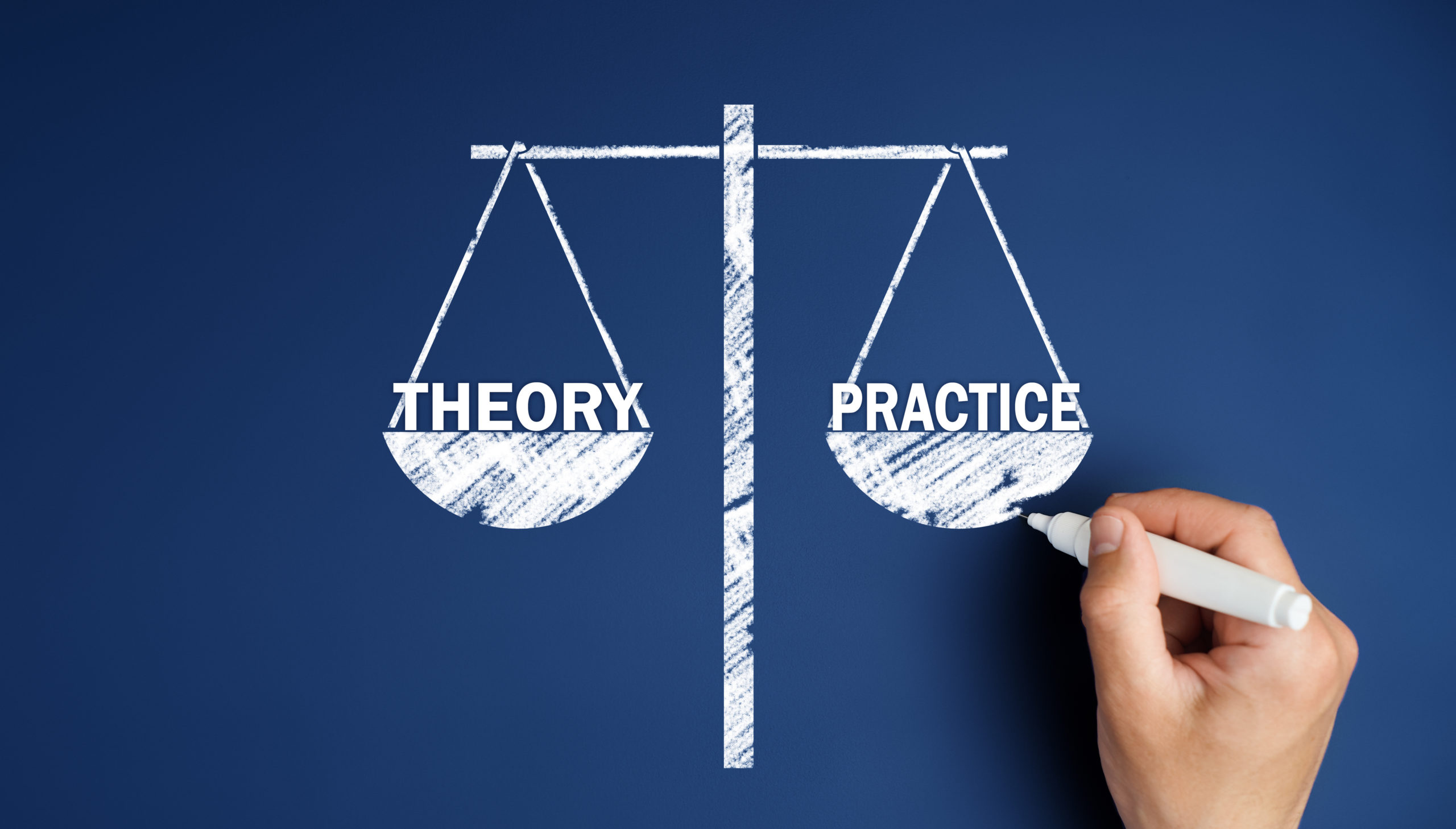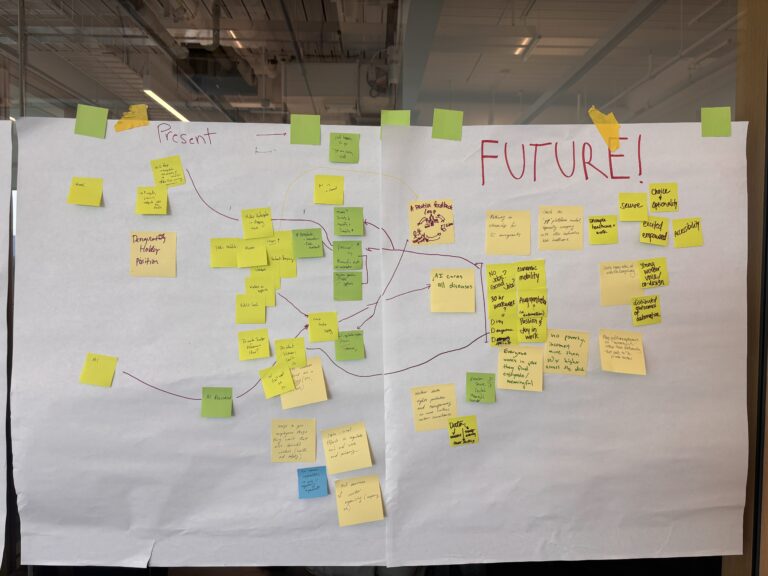
New technologies often arise in response to social, political, or environmental needs. At times, technologies have offered solutions to our day’s great challenges, while other technologies designed to move away from entrenched problems have resulted in deeper trenches. At Siegel, we examine new technologies through a multidimensional framework: one that encompasses social, physical, and digital aspects of our world as a series of related, interacting pieces.
In recent years, the decentralized web movement, also known as Web3, has positioned itself as a solution to many of the problems that arise within these interacting infrastructures. For example, the venture capitalist firm Andreesen Horowitz suggests that Web3 will “unlock opportunity for the millions on the margins of the innovation economy, and enable people to take control of their digital lives.” In turn, a great deal of investment of time and capital has gone into developing these decentralized technologies. As investment has risen, so have critiques, some of which argue that the technology has no value aside from self-fulfilling prophecy, or that the underlying technology is built on fraud and false promises. Meanwhile, fortunes have been made and lost in the related space of cryptocurrencies, where recent crashes disproportionately affected people of color. (Another link).
We’re exploring the opportunities and risks of these developments. We’re looking to practitioners and other experts who can identify the depth of these impacts from a broader framework of justice, fairness, and equitable access to opportunities. What safeguards and constraints are useful? What secondary effects might we expect to see? How can we make sense of these tools and their uses?
What Is WEB3?
There are many different perspectives about what technologies and systems constitute the next wave of digital and internet innovations. A clear definition of Web3 is still elusive, but most include some form of peer-to-peer distributed computing and storage, perhaps including blockchains, cryptocurrencies, decentralized autonomous organizations (DAOs) and Distributed Cooperative Organization (DisCos), or open protocols for social networking. Some Web3 definitions include the internet of things (IoT), machine learning, big data, and cloud computing. Most include Web3 as a backbone for “decentralized finance,” a movement toward providing a variety of financial services without the centralized actions or oversight of a bank.
Web3 is distinguished from Web 2.0. In Web 2.0, social networking and economic interactions are centralized, largely taking place through independent, privately-owned platforms such as Facebook, Twitter, Amazon, YouTube, and their predecessors. In contrast, Web3 platforms are decentralized, being hosted in many places at once and governed by various bodies of stakeholders involved with the projects.
The success of the applications of these technologies will ultimately depend on how developer communities and the public coordinate on shared solutions. We are just beginning to examine the social norms, coordination, and relationships that can use this digital infrastructure in new ways.
Our interest in Web3 is less about the technology itself, and more about their potential for reorganizing and influencing social, political and economic systems. For example, the perceived value of cryptocurrencies and nonfungible tokens (or NFTs) are based on social structures and coordination as much as their underlying technology. Whether and how people move away from centralized social media platforms to distributed networks and protocols is as much about coordination, trust, and communities as it is about the underlying technologies. The success of the applications of these technologies will ultimately depend on how developer communities and the public coordinate on shared solutions. We are just beginning to examine the social norms, coordination, and relationships that can use this digital infrastructure in new ways.
Why Do We Care?
In Web 2.0 systems, concerns have been raised around a wide range of issues, including privacy, ownership and control of personal data, power imbalances, mis/disinformation, harassment, manipulation, monopoly power, biased algorithms, information bubbles, and monetization of personal information. Some supporters of Web3 innovations believe that a distributed network with well-designed protocols will return power to individuals by creating trustless intermediaries, more platform options, and the ability to port personal data between systems more easily. Optimists see these technologies as offering users more control over their information, and unlocking new forms of connecting, coordinating, and allocating resources. Detractors often worry that Web3 is headed down the same path as Web 2.0, and may simply end up mirroring – or even exacerbating – the divisions and inequities that exist in our society as a whole.
Technologies are not neutral, and cannot solve social problems on their own. How they are designed, who designs them, and how they are used and deployed has significant impacts on how society functions. We believe that, as a society, we must learn from the mistakes of the past and steer innovations in ways that achieve broad-based benefits while minimizing harms. In particular, as we recognize that these new and coming innovations are primarily social constructs, there is a significant risk of replicating existing inequalities and exclusion.
Building the infrastructure of the future requires not only inventing new platforms and protocols, but also preparing people to better understand new innovations, their harms and potential, and helping to enable participation. It means supporting interdisciplinary research into how and why current systems are improving or harming social infrastructures, especially those that have been fragile or excluded. It means informing and educating policymakers and regulatory bodies to provide better governance. And it means supporting those organizations that develop approaches that carefully examine this technology’s risks and rewards, and move carefully to contain unexpected impacts.
We are neither proponents or opponents of Web3 and Decentralized innovations in the abstract, but we do believe in being prepared and proactive. If Web3 moves forward, it is important to move beyond its cryptocurrency origins and political contexts and think carefully about how it solves problems for our society as a whole. Decentralized technologies should aim to reshape the ways people and institutions interact in ways that create better, more resilient communities. Otherwise, they risk simply replicating the ills of our current system. The outcome depends on the choices we make today — and who participates in making them.
What Might The Future Look Like?
We believe that Web3 innovations will live amongst Web 2.0, in the same way that Web 2.0 added to early internet approaches. Web 1.0, which leveraged a 1-to-many “broadcast” approach, still exists in traditional media presences online. However, in the same way that Web 2.0 is commanding a greater share of our attention, we expect that Web3 will do the same.
At the same time, we acknowledge the downsides to our current digital systems. The future is not yet set; Web3 is still being shaped, as are its connections to existing frameworks, infrastructures, and communities. As an early, experimental technology, the time is right to begin asking challenging questions about those relationships and effects. A multidimensional framework – which brings together the physical, social, and digital aspects of our shared infrastructure – calls us to consider these developments from a broader perspective on not just their prospective digital impact, but on our broader physical and social systems. To answer these questions requires a deeper engagement of communities, researchers, and policymakers. A healthy dialogue between and across systems is needed to ensure that we don’t replicate or deepen the same problems.
We’ll continue to share what we and our partners are learning, and welcome further conversation.
This reflection was written by John Irons, Senior Vice President and Head of Research, and Eryk Salvaggio, Research Communications Consultant.





